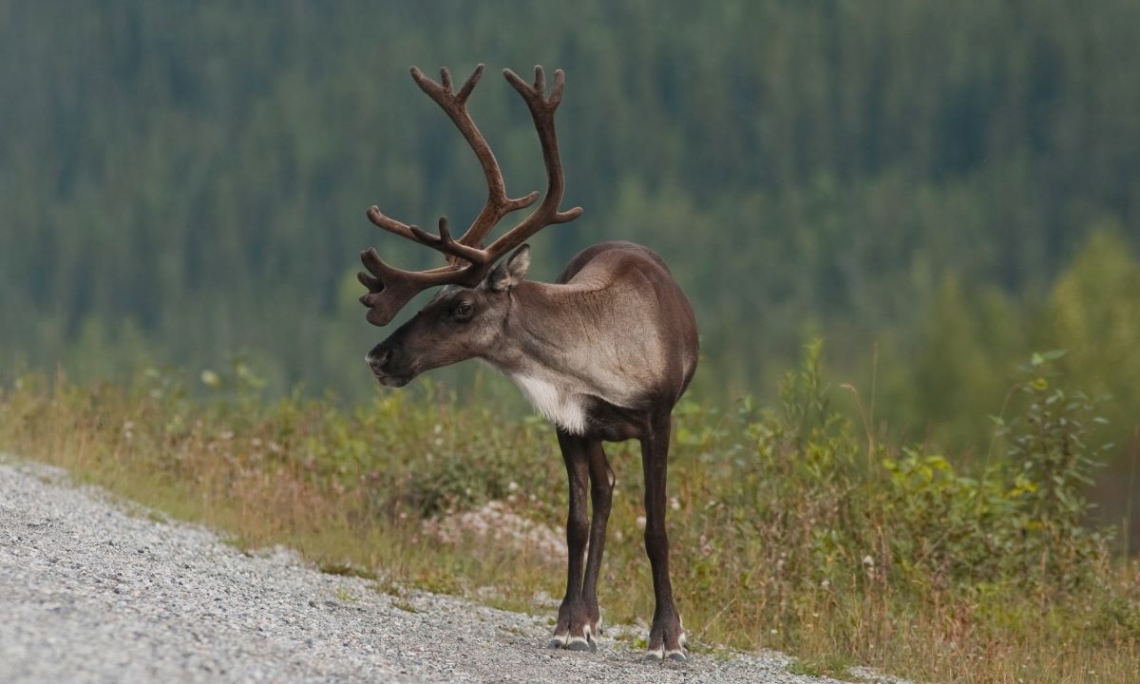Mealy Mountain Tuktu Knowledge Project


In order to better understand Inuit relationships to the Mealy Mountain (MM) herd, the long-term impacts of the hunting ban, and strategies for caribou management moving forward, this research examines the relationship between Rigolet Inuit and MM caribou. The main goal of this research was to determine community priorities for the research, monitoring, and management of the MM caribou, by documenting Inuit values, with the intent of enhancing the management system.
This research used a qualitative case study approach, following the principles of Inuit-led research as outlined in the National Inuit Strategy on Research. Data were collected through: a community open house and participatory mapping session, where people shared photos, stories, thoughts, and geographic references to where MM caribou herds are still being seen; semi-structured conversational interviews with 21 people from Rigolet (total interview time: 11h09). Interviews were conducted by local researchers and a graduate student. All interviews were recorded, with consent, and transcribed. Transcripts were imported into NVivo 12 software and coded inductively to facilitate additional annotations, word searches, memo writing, data visualizations, and reflections. Using a constant comparative method, the research team also held regular debriefs and teleconferences to talk about co-analyze the data.
Preliminary results of the research demonstrate a wealth of Inuit knowledge about the MM herd. The research highlights the loss of an important country food and a risk to cultural continuity by a long-standing hunting ban; the ways in which a lack of quality research led to questions about decision-making; and the lack of inclusion of Inuit rights or knowledge when management decisions were made. Research participants indicated a strong sense of not being heard by decision-makers. Moving forward, Inuit from Rigolet indicated the need to re-connect to the MM caribou through land-based initiatives and ongoing monitoring, as well as identified the need for Inuit to be more involved in, and lead, conservation and monitoring efforts. This research provides ideas and opportunities for potential interventions in the future that may strengthen cultural ties, stewardship, and enhanced levels of health equity between Indigenous peoples in the region.